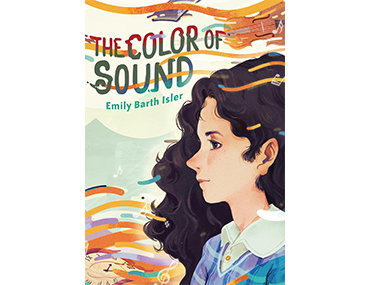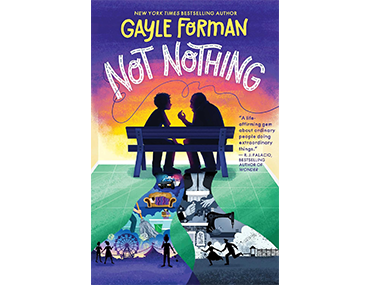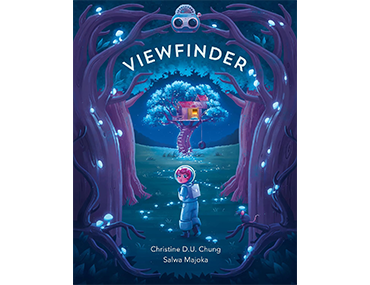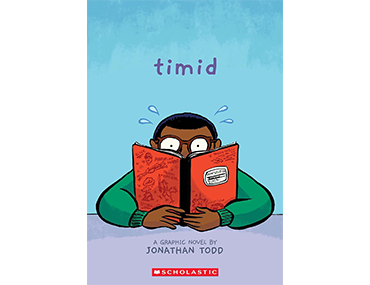“Everything We Never Had” by Randy Ribay was a touching novel about the Filipino-American experience. It tracked four generations of a Filipino family and their experiences living as Filipinos in the US.


“Everything We Never Had” by Randy Ribay was a touching novel about the Filipino-American experience. It tracked four generations of a Filipino family and their experiences living as Filipinos in the US.

Renée Watson has achieved something unique through this collection of semi-autobiographical poetry. With strong characterization, Watson has written a powerful ‘herstory.’ Reflecting on the journey of a young person on the margins at the crossroads of gender, class, and race, Watson delivers a powerful piece of American literature.

For those born outside societal norms, the consequences can be severe. I love how synaesthesia is explained, likening it to seeing breathing in winters as steam or while swimming as bubbles. People with synaesthesia, like Rosie, can see sound in the form of color.

There are many things I liked about this book. One was the addition of antihero (Alex) as the co-protagonist, or an atypical hero who insults people and lashes out but eventually learns to be kind as the story goes on. Another was the compare-and-contrast between Alex and Josey. Both of them have had hard lives.

I liked how this book portrays the story in a poem-like format. I loved how friendship and peace were the important themes in this book. This book is special because it reminds us how war continues to break apart lives. It shows how peace can mend family and relationships.

The book was told entirely by illustrations, which I enjoyed because of the thought the artist/author put into each picture. The characters’ expressions, the wonderful colors, and the details in the background (and foreground!) of each illustration were intriguing.

Bright Red Fruit is a young adult coming-of-age novel that will hook you from the very beginning. The story is told through multiple poems, which is a unique format that may take some getting used to, but is ultimately well executed and interesting.

I liked that it was a graphic novel. It was about somebody who likes to draw and I like to draw too. It was special because it was told about a boy that some people were mean to, but through his drawings he was able to make friends and he got through it very well.

I liked the inspiration in this book. I found the story to be somewhat relatable, and something that could happen in real life. Although it would be a rare occurrence, the author made you feel like it was truly happening to you.

I like the scary squid. I want to cuddle the penguin babies. The seals are funny. The words are funny. Read again, again, Grandma.

“At the End of the World” by Nadia Mikail beautifully explores the journey of coming to terms with one’s emotions. Aisha, the protagonist, struggles with her emotions after her father dies and her sister leaves home.

To honor National Poetry Month, a Young Reviewer shares their thoughts about Kin: Rooted in Hope by Carole Boston Weatherford, illustrated by Jeffrey Boston Weatherford.

The Lost Year is a historical fiction coming-of-age story told through three entwining timelines. It is at the top of my “best books of 2023” list. The story occurs in the early 2020 COVID-19 pandemic in the United States and the 1930s Holodomor in Soviet-occupied Ukraine.

Young Reviewers: Mason 7, Napali 8, Nora 7, and Penny 7, from New York City (and their wonderful teacher) give their thoughts on Tadgh Bentley’s book “One Chicken Nugget.”

Judit Polgár does a great job of showing kids how anything is possible. What happened was that a girl was taught how to play chess and she went to tournaments with very underrated odds and crushed adults with her skills.